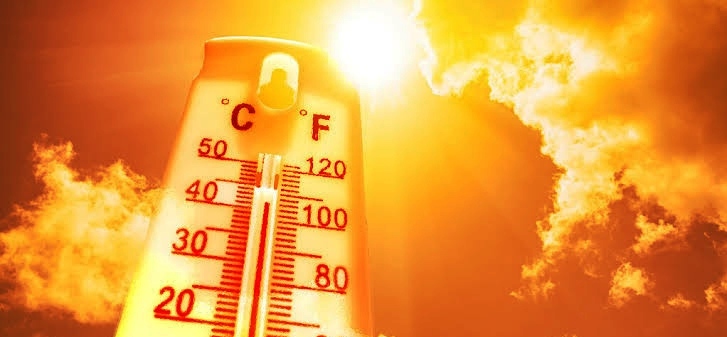By John Ikani
Temperatures in Europe have increased at more than twice the global average in the last 30 years, according to a report from the World Meteorological Organization (WMO).
The report was issued jointly by the WMO and the European Union’s Copernicus Climate Change Service.
“Temperatures over Europe have warmed significantly over the 1991-2021 period, at an average rate of about +0.5 °C per decade,” the WMO said in a statement.
Alpine glaciers lost 30 metres in ice thickness between 1997 and 2021, while the Greenland ice sheet has also been melting, contributing to sea level rise. In summer 2021, Greenland had its first ever recorded rainfall at its highest point, Summit station.
The effects of this warming are already being seen, with droughts, wildfires and ice melts taking place across the continent. The European State of the Climate report, produced with the EU’s Copernicus service, warns that as the warming trend continues, exceptional heat, wildfires, floods and other climate breakdown outcomes will affect society, economies and ecosystems.
Human life has been lost as a result of the extreme weather events.
The report says that in 2021, high impact weather and climate events – 84% of which were floods and storms – led to hundreds of fatalities, directly affected more than 500,000 people, and caused economic damages exceeding $50bn.
The deadliest extreme climate events in Europe were found to be heatwaves, particularly in western and southern Europe.
It wasn’t all bad news with the report pointing out that a number of countries in Europe had successfully cut greenhouse gas emissions.
In the EU, greenhouse gas emissions had decreased 31% between 1990 and 2020.
“On the mitigation side, the good pace in reducing greenhouse gases emissions in the region should continue and the ambition should be further increased. Europe can play a key role towards achieving a carbon neutral society by the middle of the century to meet the Paris Agreement,” said Taalas, referring to a 2015 international climate deal.
The report included input from national meteorological and hydrological services, climate experts, regional bodies along with UN partner agencies.
It comes ahead of the annual UN Climate Change summit, COP27, in Sharm-El Sheikh, Egypt.

































